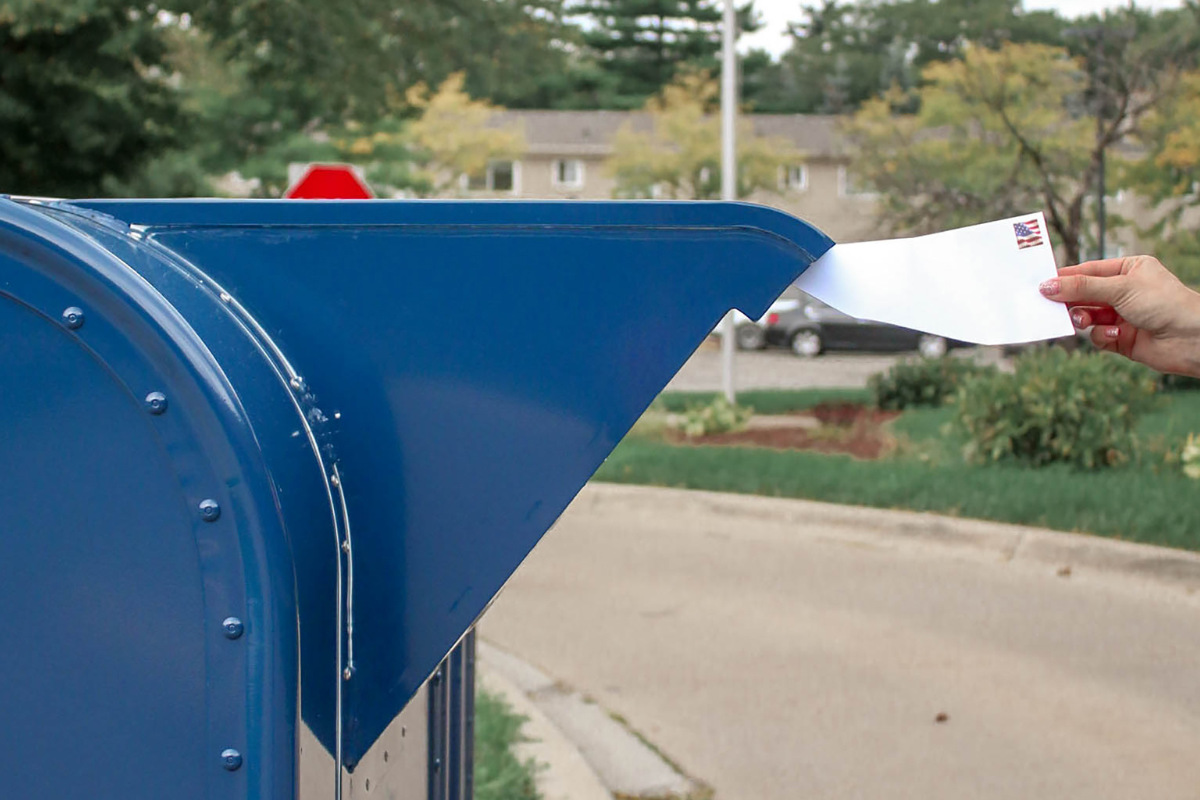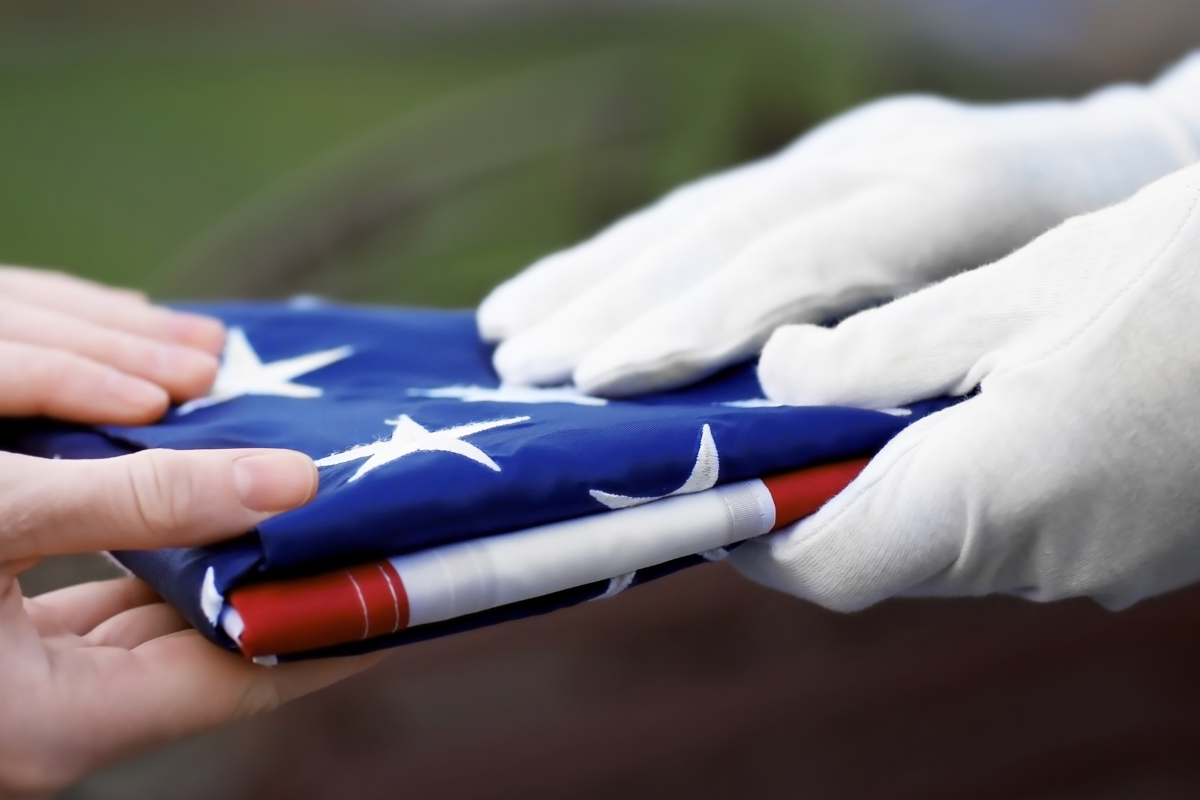Post Disclaimer: This blog reflects the author's personal experience with end-of-life matters and is provided in good faith for informational purposes only. While we aim to provide clear guidance on hard-to-find topics, this content is not legal advice and your use is at your own risk. Estate planning and end-of-life laws vary by location, so please consult your state's laws and seek guidance from a licensed attorney for your specific situation. We make no warranty about the accuracy or completeness of this information, which does not replace professional legal counsel. For more information, please see our full disclaimer.
Losing a loved one is never easy, and managing their financial affairs can feel overwhelming.
For military families, it’s essential to notify the Defense Finance and Accounting Service (DFAS) of a retiree’s death as soon as possible.
This step ensures that retired pay is appropriately stopped, avoiding overpayment complications that may burden grieving families.
Timely reporting also facilitates access to benefits like the Arrears of Pay or Survivor Benefit Plan.
Knowing what information is needed and where to start can simplify this process during an already challenging time.

Essential Information Needed to Notify DFAS
When managing the affairs of a deceased military retiree, one of the most critical steps is notifying the Defense Finance and Accounting Service (DFAS).
This ensures the seamless cessation of retired pay and the activation of benefits for eligible survivors.
To make this process as efficient as possible, gathering all necessary information before contacting DFAS is crucial.
Mandatory Details
To notify DFAS, you’ll need a few key personal details of the deceased retiree.
These include:
- Full Name: The retiree's legal name helps identify their account without confusion.
- Social Security Number (SSN): This unique identifier is essential for accessing financial and benefits records.
- Date of Death: Knowing the date ensures that pay can be stopped accurately, avoiding overpayment claims.
- Marital Status: Information on the retiree’s marital status is necessary, especially for benefits like the Survivor Benefit Plan (SBP).
This information ensures that DFAS can immediately locate the retiree’s records and prevent unnecessary delays.
For tips on managing the process effectively, you might find the Death Notification Checklist particularly helpful.
Supporting Documentation
DFAS also requires specific documents to process the notification and finalize any pay adjustments or survivor benefits.
The most important documents include:
- Death Certificate: This official document must include the cause or manner of death. It's used to verify the retiree's passing and calculate the date for stopping payments.
- Supporting Benefit Forms: These could range from forms for initiating SBP payments to documents for claiming Arrears of Pay (AOP). Without these, survivors may experience delays in accessing entitled benefits. The DFAS When Military Retiree Dies Checklist is a handy resource for organizing these forms.
It’s advisable to upload PDF copies of these documents online via the DFAS upload tool for faster processing.
Be meticulous—ensure the retiree’s name and SSN are clearly marked on all uploaded or mailed paperwork.
For more specifics on the necessary forms, check out Report a Retiree's Death, which provides comprehensive guidance.
By preparing these details and documents in advance, you streamline communication with DFAS and help secure eligible benefits for the retiree's loved ones.

Available Methods to Notify DFAS
When facing the loss of a loved one, notifying the Defense Finance and Accounting Service (DFAS) is a crucial step in ensuring the proper handling of financial accounts and survivor benefits.
DFAS has made this process accessible through multiple methods, catering to both digital-savvy users and those who prefer traditional communication channels.
Below, we’ll explore these options to report a retiree's death efficiently and effectively.
Online Notification
The most convenient way to notify DFAS of a retiree’s death is through their online DFAS Notification of Death form.
This platform is available 24/7, making it an excellent choice when speed and accessibility are important.
Before you begin, ensure you have the following details handy:
- Retiree’s full name and Social Security Number.
- Their date of death and cause of death (e.g., natural, pending, etc.).
- The retiree's marital status.
Spouses reporting a death will also need their date of marriage.
Completing the form is straightforward:
- Visit the online notification page linked above.
- Fill in all mandatory fields, including your contact details and relationship to the deceased.
- Submit a copy of the death certificate for verification. Use a PDF format for faster processing.
This method allows documents to be uploaded instantly, ensuring rapid receipt by DFAS.
Plus, the form ensures your information is documented accurately without the back-and-forth often associated with other methods.
Phone Notification
If you prefer a more personal touch or have complex questions, notifying DFAS by phone is a reliable alternative.
The Customer Care Center can be reached during business hours at 1-800-321-1080.
Speaking to a representative provides reassurance and clarity, especially if you’re uncertain about required forms or additional steps.
When calling DFAS, be prepared to share:
- Retiree's full name and Social Security Number.
- Their date of death.
Phone notifications also allow you to address unique circumstances and confirm the receipt of preliminary information.
Representative-led support can cut down confusion during this stressful time.
For additional tips, you might find this detailed DFAS death reporting guide helpful.
Fax or Mail Options
For those who prefer or require traditional methods, DFAS continues to accept notifications by fax or mail.
While these options are not as quick as online or phone reporting, they remain effective.
To ensure prompt handling, include all relevant documentation, such as the death certificate and any required forms.
Mail documents to:
Defense Finance and Accounting Service
U.S. Military Retired Pay
8899 E 56th Street
Indianapolis, IN 46249-1200
Alternatively, you may send documents via fax to 1-800-469-6559.
When using these methods, it’s essential to include a clear cover sheet with your contact information and relationship to the deceased.
To streamline your communication, consider downloading and completing forms ahead of time from the DFAS forms library.
Double-check all details before submission to prevent processing delays.
Regardless of the method you choose, DFAS is committed to assisting families during this difficult time.
Multiple avenues ensure that no matter your preference or circumstances, the appropriate steps can be taken swiftly and accurately.

What Happens After Death Notification
When a retiree’s death is reported to the Defense Finance and Accounting Service (DFAS), the process ensures financial stability for the loved ones left behind.
DFAS promptly responds with clear steps, offering support during an emotional time.
Below, we outline what happens next to help ease any uncertainties.
Initial DFAS Response
Upon receiving the death notification, DFAS mails a condolence letter to the listed beneficiaries or legal representatives.
This letter not only expresses sympathy but also acts as a critical guide for completing the next steps in handling financial matters.
The packet includes helpful items such as:
- Arrears of Pay (AOP) Claim Form (SF 1174): This form enables beneficiaries to claim the retiree's final prorated payment, which accrues up to the date of death.
- Informational Documents: For retirees who participated in the Survivor Benefit Plan (SBP), the letter will also include the DD 2656-7 Verification for Survivor Annuity form.
If no beneficiaries are formally on record, the condolence letter is sent to the legal representative or last known address of the retiree.
You can learn more about completing required forms from resources like Reporting a Death to Government Agencies.
Timeliness is key here. Beneficiaries are responsible for completing and submitting forms, along with the retiree’s death certificate, to prevent delays in payments or benefits.
Final Payment Process
One of the most notable tasks DFAS handles post-notification is distributing the retiree's final pay as Arrears of Pay (AOP).
AOP refers to the portion of retired pay earned before the date of death but not yet issued.
To ensure these funds reach the rightful recipients, DFAS requires the submission of:
- Claim Form (SF 1174): This document must be signed by the claimant and two witnesses, ensuring eligibility and accuracy.
- Death Certificate: The death certificate must confirm the cause or manner of death.
- Direct Deposit Authorization (DFAS-CL Form 1059): Beneficiaries are encouraged to set up a direct deposit to expedite receiving funds securely. However, avoid using any joint account associated with the deceased retiree, as such payments might be returned to DFAS.
After verifying the documents, DFAS releases the AOP payment to entitled beneficiaries.
If the retiree had an SBP enrollment, a separate process is initiated.
For precise instructions, check out the Death Notification Checklist from NFDA, which provides additional clarity on death notifications.
Beneficiaries should anticipate receiving the retiree's final tax document (Form 1099-R) simultaneously with the AOP payment.
This document helps in preparing tax filings and managing financial matters with ease.
Understanding these processes ensures families can navigate this unavoidable responsibility while focusing on healing and remembrance.




